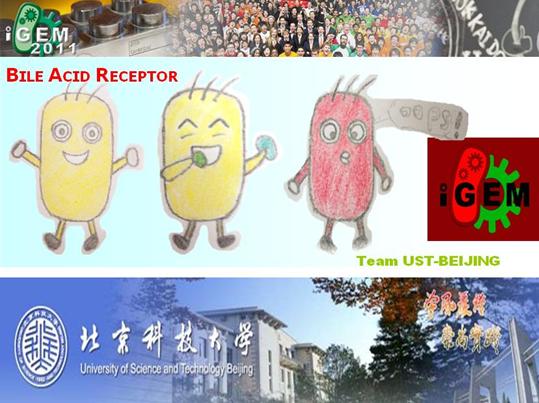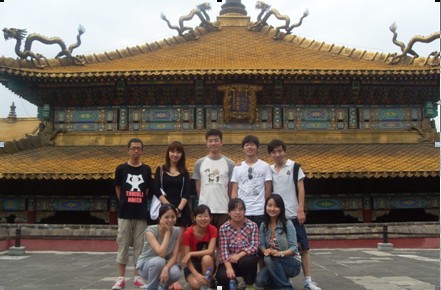Team:UST-Beijing/Team
From 2011.igem.org
(→What we did) |
(→Who we are) |
||
| Line 58: | Line 58: | ||
'''Advisors:''' | '''Advisors:''' | ||
| - | *''' Advisor 1''': ChingSong*'''Advisor 2''': Our favorite | + | *''' Advisor 1''': ChingSong*'''Advisor 2''': Our favorite Huaizhang |
*'''Grad Student 1''': Our leader Hanzhong Ke | *'''Grad Student 1''': Our leader Hanzhong Ke | ||
Revision as of 06:26, 5 August 2011
| You can write a background of your team here. Give us a background of your team, the members, etc. Or tell us more about something of your choosing. | |
|
Tell us more about your project. Give us background. Use this is the abstract of your project. Be descriptive but concise (1-2 paragraphs) | |
| Team Example |
| Home | Team | Official Team Profile | Project | Parts Submitted to the Registry | Modeling | Notebook | Safety | Attributions |
|---|
Who we are
|
Advisors:
|
|
What we did
We using lacI DNA-binding domain and LXRbeta ligand-binding domain, we made an artificial bile acid receptor which can regulate expression of target gene within a natural lacI operon. As proof of principle, we demonstrate that regulation of bacteria gene expression by host eukaryocyte metabolites is achievable using chimeric nuclear receptors. Through directed molecular evolution, a harmonious signal network regulating metabolism of both prokaryocytes and their host eukaryocytes in the digestive tract is feasible.
 "
"

